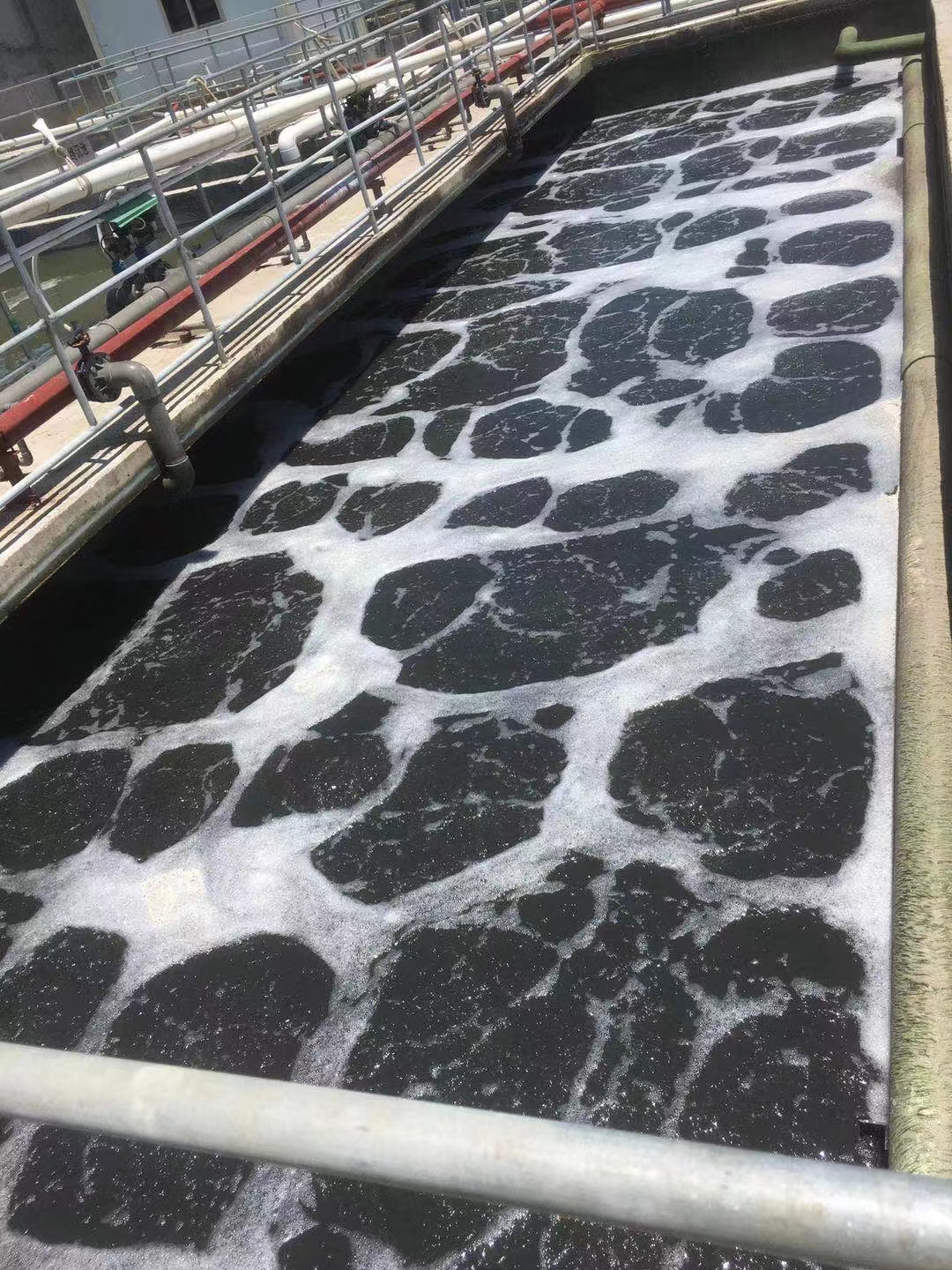
Sewage refers to the entry of various wastes and other pollutants into the water body, which exceeds the self-purification and pollutant-holding capacity of the water body, resulting in adverse changes in the physical and chemical properties and biological community composition of the water body and its sediment, destroying the inherent ecosystem in the water. and the function of water bodies, thereby reducing the use value of water bodies.
1. According to the causes of pollution, it can be divided into natural pollution and man-made pollution.
Natural pollution means that due to special geological or natural conditions, some chemical elements are enriched in large quantities, or some toxic substances or biological pathogens produced by the decay of natural plants enter the water body, thereby polluting the water quality.
Man-made pollution refers to surface water pollution caused by human activities (including productive and living).
2. According to the pollution sources, it can be divided into point pollution sources and surface pollution sources.
Point pollution refers to the discharge of pollutants into the water body from concentrated locations (such as the discharge gates of industrial wastewater and domestic sewage); it is characterized by frequent sewage discharge, and its changing law obeys the discharge law of industrial production wastewater and urban domestic sewage.
Surface pollution refers to the pollutants originating on the ground (or underground) of the catchment area, such as the application of chemical fertilizers and pesticides in farmland, which often contain pesticides and chemical fertilizers after irrigation and drainage. In the rainy season, cities and mines are formed by rainwater scouring the ground. ground runoff, etc.
3. According to the nature of pollution, it can be divided into physical pollution, chemical pollution and biological pollution.
Physical pollution refers to changes in the turbidity, temperature and color of the water, the floating oil film, foam on the water surface, and the increase of radioactive substances contained in the water;
Chemical pollution includes pollution from organic compounds and inorganic compounds, such as the reduction of dissolved oxygen in the water, the increase of dissolved salts, the change of pH, or the presence of certain toxic chemicals in the water;
Biological pollution refers to the entry of bacteria and sewage microorganisms into the water body, mainly from animal feces and some industrial wastewater, especially hospital sewage.

Name: Nicole Yu
Mobile:+86 17718148007
Tel:+86 17718148007
Whatsapp:8617718148007
Email:sales@kashionbiotech.com
Add:No.6, Zhanxi Road, Yaohai District, Hefei City, Anhui Province, China.